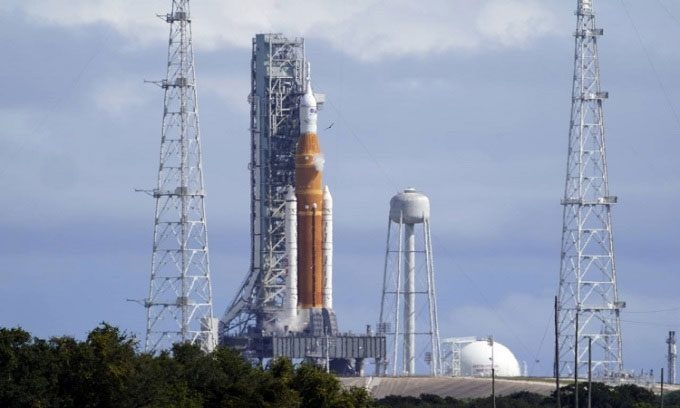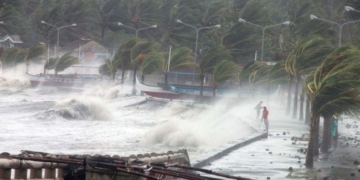The rocket carrying the spacecraft to the Moon for the Artemis 1 mission successfully completed a critical fueling test on September 21, bringing it closer to the launch date set for September 27.

NASA’s SLS rocket awaiting launch. (Photo: NASA).
The Artemis 1 mission aims to send the Orion spacecraft into lunar orbit using the Space Launch System (SLS) rocket. NASA initially attempted to launch the mission on September 3 but had to postpone due to a liquid hydrogen fuel leak at the quick disconnect point on the main stage of the SLS, which connects the rocket to the fueling line from the mobile launch tower.
The Artemis 1 team replaced two seals around the quick disconnect on September 9 and subsequently scheduled a fueling test to verify the repairs. The test took place on September 21 at Launch Complex 39B at the Kennedy Space Center (KSC) in Florida. According to Charlie Blackwell-Thompson, Artemis launch director, NASA achieved all the objectives set for the test.
However, not everything went perfectly during the test. For instance, a leak at the quick disconnect reappeared during the liquid hydrogen fueling. But the engineering team addressed the issue by warming the quick disconnect, which reduced the leak to an acceptable level.
Engineers also discovered another hydrogen leak during the pre-pressurization test. This test allowed them to adjust the settings used to condition the engines during the countdown to the launch day. The second leak was smaller than the first, allowing the Artemis team to keep it under control.
Currently, NASA is targeting September 27 for the Artemis 1 launch, with a backup date of October 2. The agency will soon make an official announcement regarding the launch date following the successful test on September 21. Several other factors will also influence the launch date of Artemis 1 in the coming weeks, such as favorable weather conditions and the need to renew the flight termination system (FTS) license, which allows for the destruction of the SLS if it veers off course.
If Artemis 1 proceeds successfully, the Artemis 2 mission will carry astronauts around the Moon and land near the south pole in 1 to 2 years. The Artemis program aims to establish a long-term human presence on the Moon, utilizing the skills and knowledge gained to send astronauts to Mars by the late 2030s or early 2040s.


















































